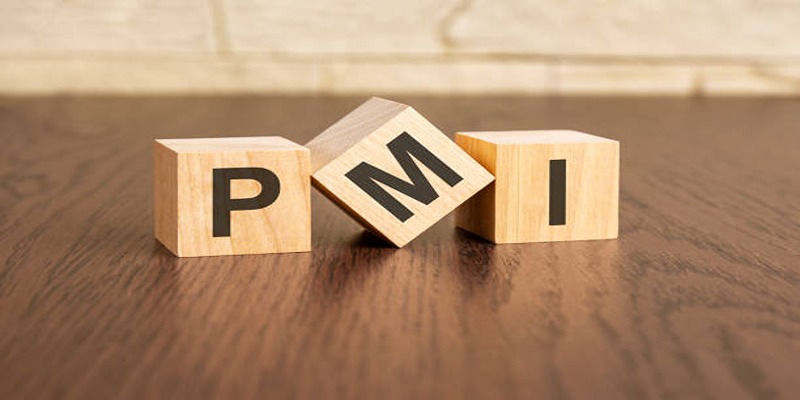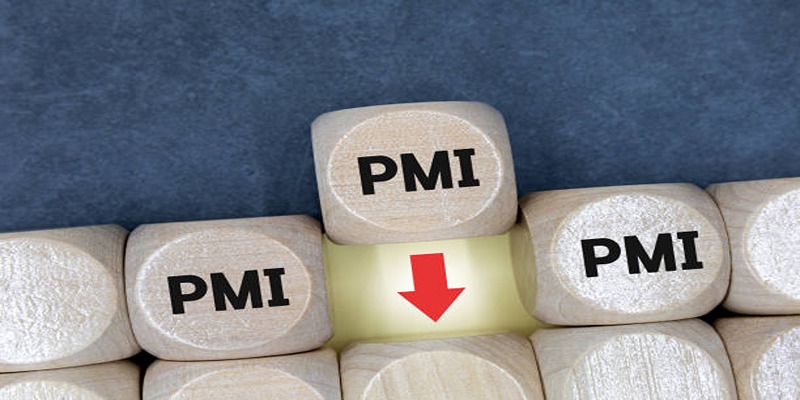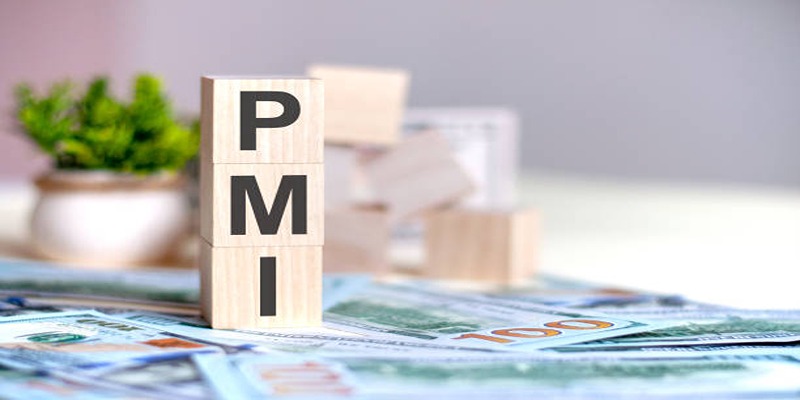Private Mortgage Insurance (PMI) may cost you hundreds of dollars per year on your mortgage and it is not a permanent cost. Although it is typical to need when purchasing a house, canceling PMI can help you save money and make house ownership more affordable. This guide will tell you what PMI is, why you are paying it, and how to remove it effectively off your mortgage.
What Is PMI?

Private Mortgage Insurance (PMI) is insurance designed to protect your lender—not you—in case you default on your mortgage. It’s typically required if your down payment was less than 20% of the home’s purchase price. The insurance lowers the lender's risk by ensuring they get paid even if you can't continue your mortgage payments.
PMI is calculated as a percentage of your loan amount, typically between 0.3% and 1.5% annually, depending on your loan terms and credit score. The cost is bundled into your monthly mortgage payment, which means that it quietly increases your monthly expenses.
Why Did You Need PMI?
Most lenders require PMI for low-down-payment loans because it provides them with financial security. When a borrower puts down less than 20%, the lender bears more risk. PMI serves as a safety net, enabling lenders to approve loans without requiring a hefty upfront payment from the buyer. However, once you’ve built some equity in your home, PMI often becomes unnecessary.
The Benefits of Removing PMI
Eliminating PMI offers immediate financial relief and long-term savings. Here’s why removing it is essential:
- Lower Monthly Payments: Without PMI, your monthly mortgage payment will decrease, freeing up money for other expenses or savings goals.
- Save Thousands Over Time: If your PMI costs $150 per month, removing it could save you $1,800 per year. Over the course of a 30-year mortgage, that’s tens of thousands of dollars.
- More Control Over Your Finances: Reducing unnecessary expenses gives you greater flexibility to redirect your funds toward other investments, paying down your mortgage faster, or simply saving for the future.
Steps to Remove PMI from Your Mortgage
Step 1: Check Your Current Loan Balance
The magic number to remove PMI is 80% loan-to-value ratio (LTV). This means that your current mortgage balance must be no more than 80% of the current market value of your home. For example, if your home is worth $300,000, your balance must be $240,000 or less to remove PMI.
To check your LTV:
- Look at your current mortgage balance in your online account or your latest statement.
- Determine your home’s current value. You can use online tools like Zillow or Redfin or hire a professional appraiser for a more accurate valuation.
- Divide your loan balance by your home's current value and multiply by 100. If the result is 80% or lower, you’re eligible to request PMI removal.
Step 2: Request PMI Removal in Writing
Once your LTV is 80% or lower, you can contact your lender to request PMI removal. This typically involves:
- Sending a written request.
- Providing evidence of your home’s current value (e.g., an appraisal or comparable home sales in your area).
- Ensuring your mortgage payments are up to date.
Your lender will likely require an appraisal to confirm your home’s value. While you’ll need to pay for this cost out of pocket (typically $300-$500), the savings from removing PMI are well worth it.
Step 3: Automatic PMI Cancellation at 78%
If your LTV reaches 78% based on your original purchase price, most lenders are legally required to remove PMI automatically—even if you don’t request it. Keep track of your payoff schedule, or consider making extra payments toward your principal to accelerate this milestone.
Step 4: Refinance Your Mortgage
If you’ve built significant equity in your home or if market conditions have resulted in increased home values, refinancing could help you eliminate PMI. When you refinance, you take out a new loan to pay off the old one. If the refinanced loan is less than 80% of your home’s appraised value, you won’t need PMI on the new loan.
Keep in mind that refinancing comes with costs such as closing fees, so calculate whether the savings from removing PMI outweigh these expenses.
Step 5: Consider Home Value Upgrades
Making improvements to your property can increase its market value, helping you reach the 80% LTV threshold faster. For example:
- Remodel your kitchen or bathroom.
- Upgrade appliances or flooring.
- Improve curb appeal with landscaping or exterior enhancements.
Once these improvements are complete, get your home reappraised to establish its new value.
Step 6: Keep Records and Monitor Your Equity
Keep records of your payments and any correspondence with your lender regarding PMI. Accurate documentation will help if there’s any delay or misunderstanding in getting the PMI removed. Additionally, regularly monitor your home equity and market conditions so you can take action at the earliest opportunity.
Tips to Accelerate PMI Removal

If you’re eager to remove PMI faster, consider the following strategies:
- Make Extra Payments: Redirect bonuses, tax refunds, or other windfalls toward your mortgage principal.
- Switch to Bi-Weekly Payments: By splitting your monthly payment in two and paying every two weeks, you’ll make an extra payment each year, helping to reduce your balance faster.
- Keep Your Home’s Value Up: Maintain your property through regular upkeep and small improvements to ensure it retains or increases its market value.
Conclusion
PMI might have been a necessary addition when you first bought your home, but it doesn’t have to be a permanent cost. By understanding the rules, checking your equity, and taking the outlined steps, you can eliminate PMI and start saving money on your mortgage. Whether you choose to make extra payments, refinance, or request removal directly, every dollar saved brings you closer to financial freedom.












